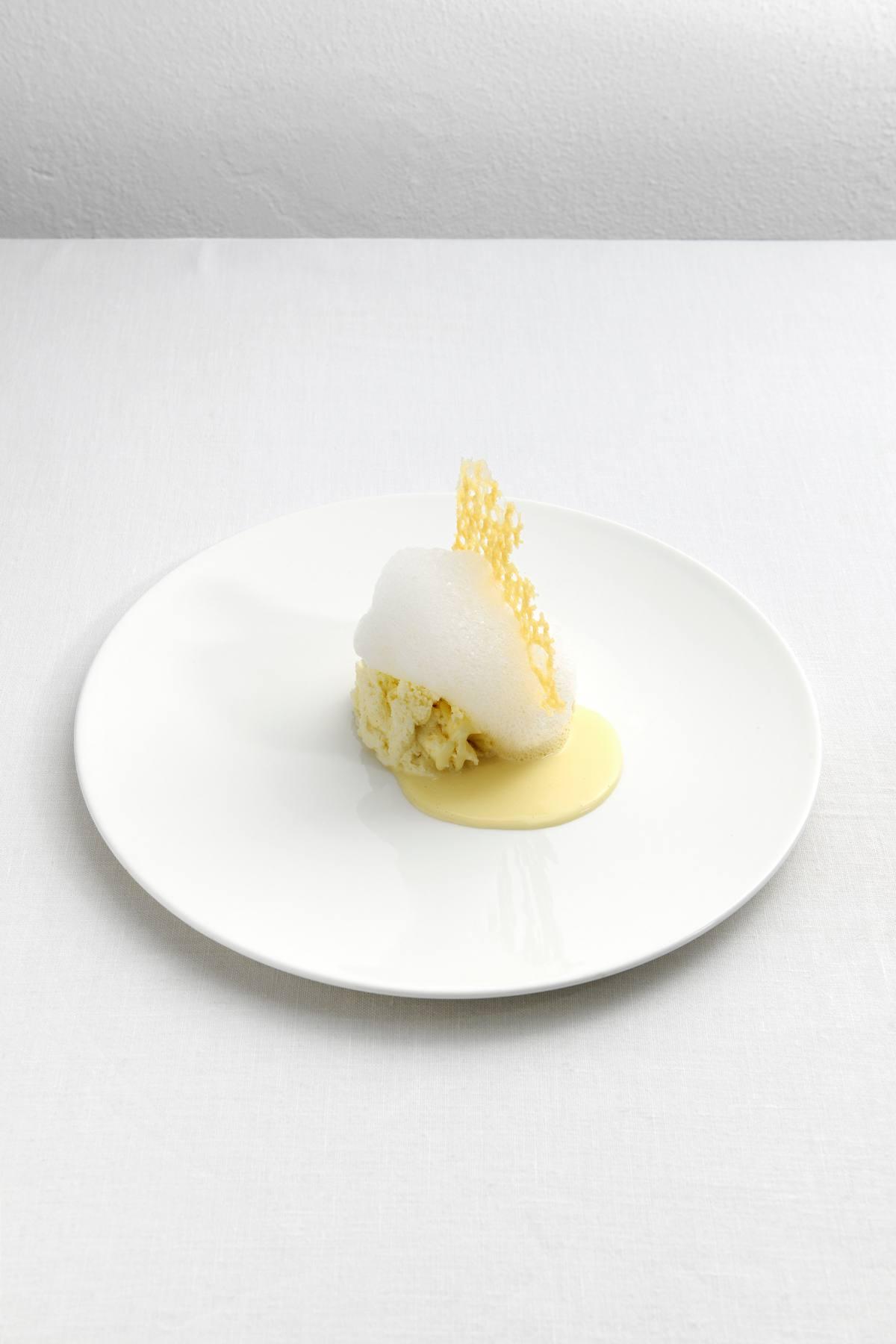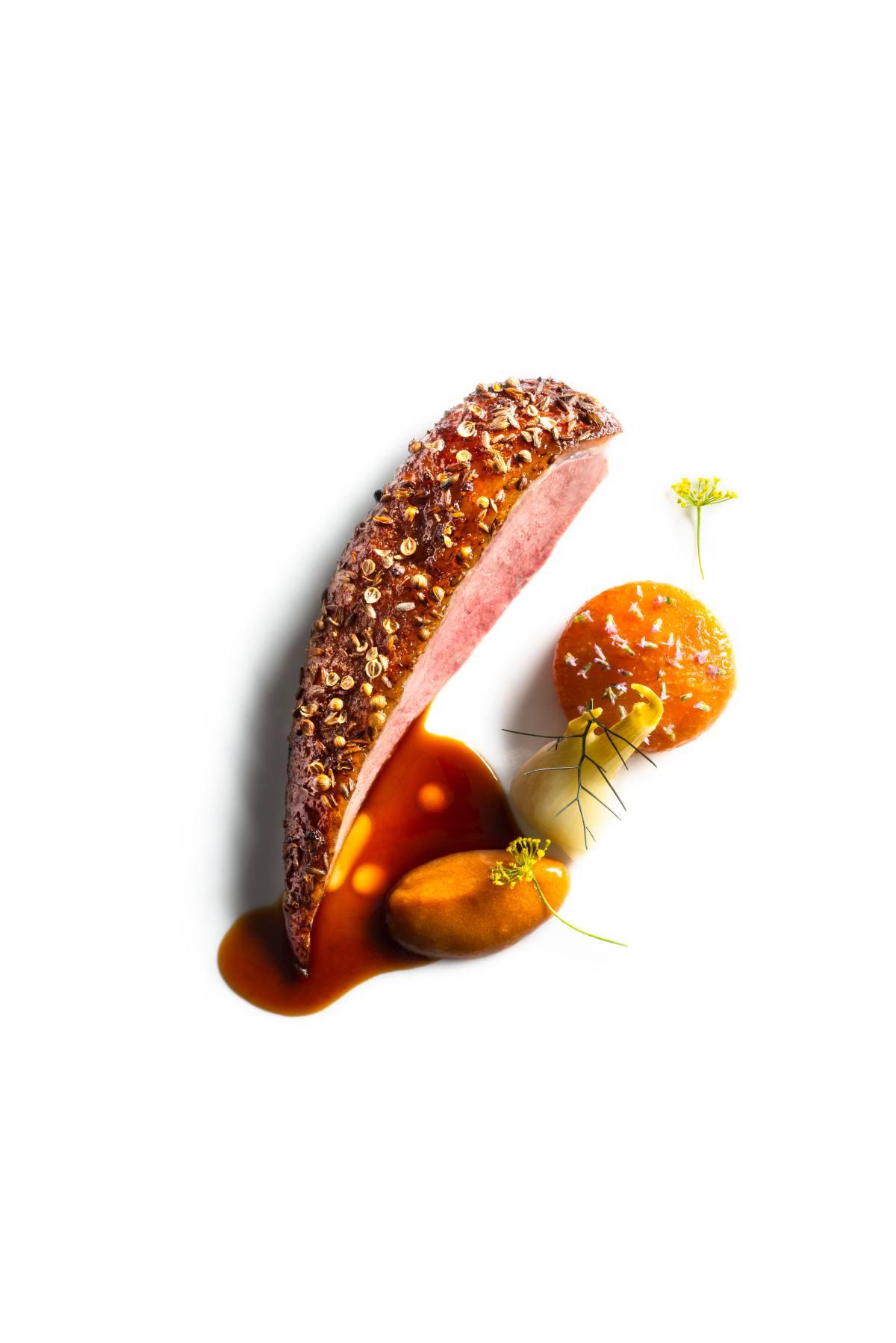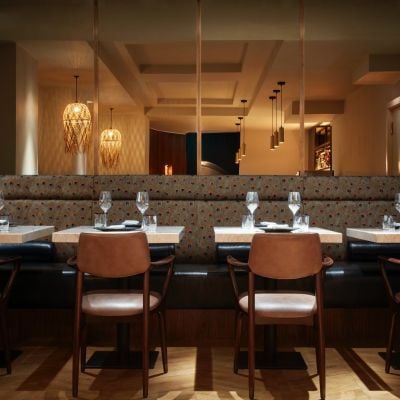Signature Dishes Of The World's Best Chefs

Whether roast duck, chicken soup or fish tagine, the world’s best chefs have spent years perfecting a single simple dish.

In June, chef Massimo Bottura’s Osteria Francescana reclaimed the hugely coveted top spot in the always contentious list of the World’s 50 Best Restaurants. The Modena-based maestro crafts dishes of remarkable finesse, some of which have become culinary icons such as ‘Oops! I dropped the lemon tart’, or his unique ‘Five ages of Parmigiano Reggiano in different temperatures and textures’.
He explains: “This dish is a tone poem expressing the extraordinary qualities of one ingredient: Parmigiano Reggiano. Five aged Parmigiano Reggiano cheeses – 24, 30, 36, 40 and 50 months – are transformed into hot, cold, soft, crunchy and creamy elements to create an abstract portrait of the Emilian landscape, seen from 10km away.”
These textures are translated into a 24-month demi-soufflé; a 30-month sauce; a 36-month foam; 40-month galette; and, finally, the 50-month air, each with their own nuance and gentle waves of umami, making for a unique interplay with the five senses. It’s not difficult to see why the creation was voted the Italian ‘Dish of the decade’ in 2011.
Thousands of miles west of Modena, Daniel Humm of New York’s Eleven Madison Park explains how he has spent years finessing one dish; the only one to remain on the menu since opening: honey lavender roasted duck with Sichuan peppercorns.

The Swiss maestro, who together with Will Guidara makes the ultimate culinary bromance, guided Eleven Madison Park to three Michelin stars and the number-one spot in the 2017 World’s 50 Best Restaurants list (it closed for a four-month renovation this year). Humm says: “The duck is probably the only dish I feel I’ve truly perfected over the years. When I was a younger cook, I wanted to find a dish that I could really make my own. It wasn’t until I was running my own kitchen that I was in a place to do that with this duck – the way we cook it, the spice blend of lavender and Sichuan peppercorns, and the sweetness of the honey, all of that was done with intention and careful testing. It would probably start a little revolt if we ever took it off the menu.”
The dining room at Eleven Madison Park in the Metropolitan Life North Building is rightly famous for its elegant Art Deco lines and for a dish that hits every note through its heady aromas, textural interplay and sublimely delicate flavours. Even the sound that comes from biting the perfectly crisped skin is unique. The duck is clearly firmly rooted in China, both in technique and some of the ingredients, but it’s a simpler bowl from another three Michelin-starred restaurant that shows how Cantonese cuisine also defines multi-sensory dining.
Chef Chan Yan Tak is the first Chinese chef to achieve three Michelin stars at Hong Kong’s Lung King Heen, which translates as ‘View of the Dragon’. That’s because the restaurant overlooks Hong Kong’s famed Victoria Harbour and Nine Dragon Hills, delivering a remarkable visual feast even before the plates start arriving.
When they do, they include impeccable renditions of dim sum, such as dumplings with perfectly translucent skin. But it’s a bowl of soup that has become one of Chef Tak’s trademarks: ‘Superior pottage with shredded chicken’. In theory, it couldn’t be simpler, containing just chicken and Yunnan ham, boiled for eight hours. But it’s a sensory wonderland thanks to its deep-yellow colours, incredible aromas, collagen and gelatin-infused texture, and its remarkable creamy feel in the mouth. Truly, the essence of chicken, distilled by years of experience into something alchemical.

From Asia to Africa and the Grande Table Marocaine from Chef Yannick Alléno at the Royal Mansour hotel in Marrakech. The property belongs to King Mohammed VI, meaning only the absolute best is good enough when it comes to the culinary programme. Chef Alléno has famously developed an extraction process to concentrate the tastes of produce with remarkable intensity but, in Morocco, he takes a more traditional approach: “To me, Moroccan is a cuisine of colours and flavours, in part thanks to the delicate use of herbs and spices to support taste, not hide it. The dishes are very soft and subtle, with unique and clearly recognisable flavour prints.”
At the Grande Table Marocaine, the dining room is a remarkable work of art and craftsmanship in itself, a true feast for the eyes, even before Alléno’s ‘Tajine de lotte à la façon tangéroise’ (tagine of monkfish, Tangiers style) is presented. Artichoke hearts, olives, tomatoes and preserved lemon join the monkfish in a delicately plated assembly that is supremely fragrant, full of nuance and surprise in every fork.
This article originally appeared in Billionaire's Discovery Issue, September 2018. To subscribe contact









